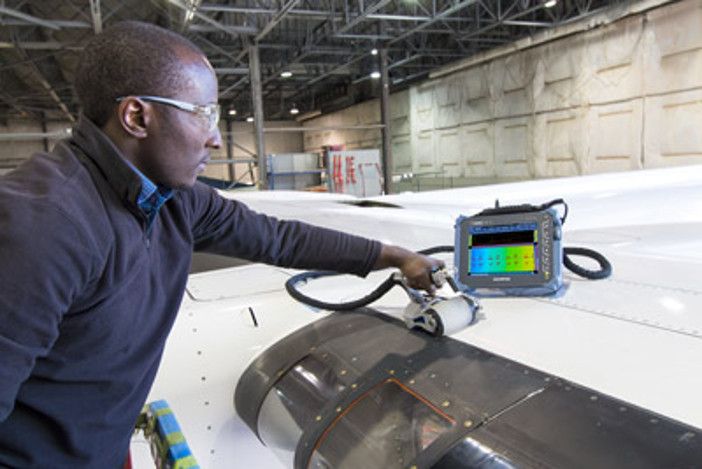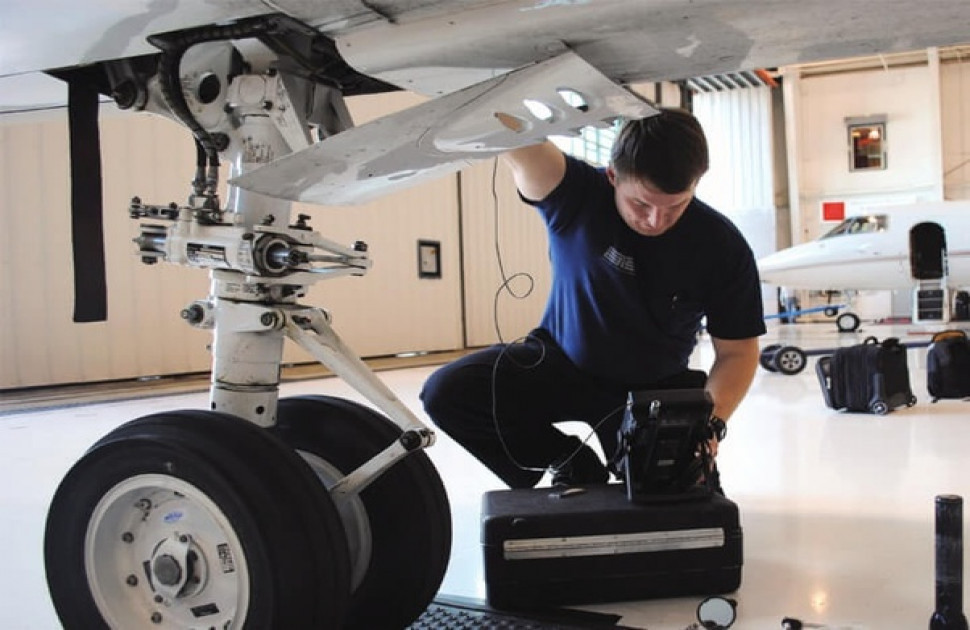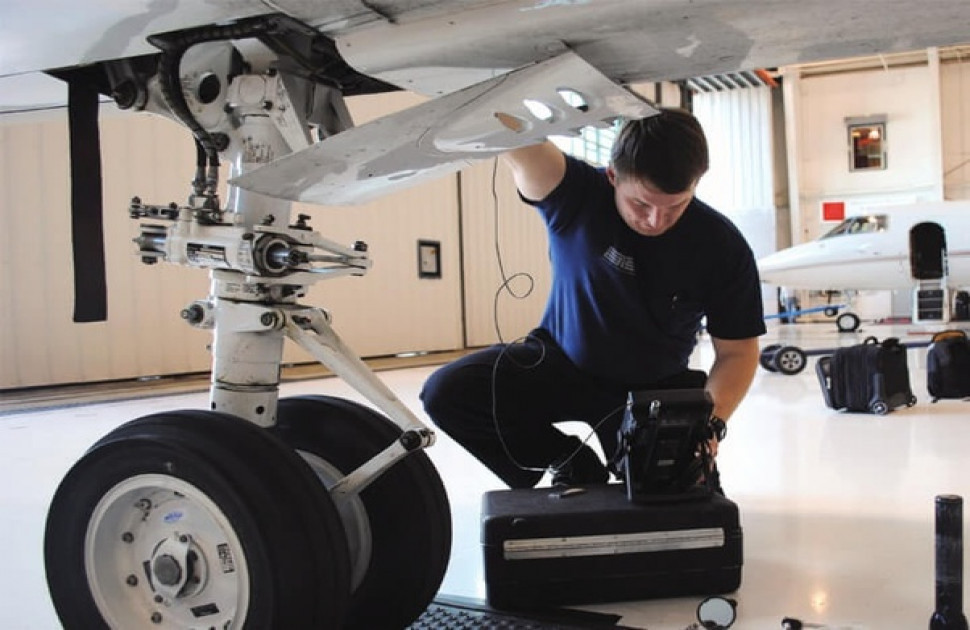In the realm of quality assurance, especially for industry professionals, understanding how to detect synchronization errors is paramount. These errors can significantly impact the efficiency and accuracy of inspection systems. Whether you’re dealing with optical inspection devices or automotive inspection tools, recognizing and addressing these errors is crucial for maintaining the integrity of the inspection process.

Why Synchronization Errors Matter
Synchronization errors occur when there is a misalignment in timing between different components of an inspection system. This can lead to inaccurate data collection and analysis, ultimately affecting product quality. In industries where precision is key, such as manufacturing and automotive, these errors can result in costly defects and recalls.
Common Causes of Synchronization Errors
Several factors can contribute to synchronization errors, including hardware malfunctions, software glitches, and network latency. Understanding these causes is the first step in mitigating their impact on your inspection processes.
Hardware Malfunctions
Issues with the physical components of your inspection system, such as sensors and cameras, can lead to synchronization errors. Regular maintenance and inspections can help identify and address these issues before they cause significant disruptions. For more information on equipment inspection frequencies, visit HSE Equipment Inspection.
Software Glitches
Software plays a critical role in ensuring that all components of an inspection system work in harmony. Bugs or outdated software can lead to synchronization issues. Keeping your software up-to-date and conducting regular audits can help prevent these problems.
Network Latency
Delays in data transmission between components can also cause synchronization errors. This is often due to network congestion or inadequate bandwidth. Optimizing your network infrastructure can help reduce latency and improve system performance.
Techniques for Detecting Synchronization Errors
Detecting synchronization errors requires a combination of proactive monitoring and diagnostic tools. Here are some techniques that can help:
Real-Time Monitoring
Implementing real-time monitoring solutions allows you to track the performance of your inspection systems continuously. This enables you to identify anomalies and address them promptly. Learn more about synchronization in optical inspection devices here.
Frequency Analysis
Analyzing the frequency of data collected by your inspection systems can help identify synchronization errors. This involves examining the timing and intervals of data collection to ensure consistency. Explore more about frequency analysis in inspection tools here.
Diagnostic Software
Diagnostic tools are designed to identify and troubleshoot synchronization errors. These tools can provide insights into the root causes of errors, allowing you to implement targeted solutions.
Preventive Measures
Prevention is always better than cure. Here are some measures you can take to prevent synchronization errors in your inspection systems:
Regular Maintenance
Conducting regular maintenance on your inspection systems ensures that all components are functioning correctly. This includes checking for hardware issues and updating software as needed.
Network Optimization
Optimizing your network infrastructure can help reduce latency and improve data transmission speeds, minimizing the risk of synchronization errors.
Staff Training
Ensuring that your staff is well-trained in the operation and maintenance of inspection systems can help prevent errors. Regular training sessions can keep your team updated on the latest technologies and best practices.
Case Studies
Several industries have successfully addressed synchronization errors through innovative solutions. For example, the automotive industry has implemented advanced synchronization techniques to improve inspection accuracy. Learn more about synchronization in automotive inspection tools here.
Conclusion
Understanding how to detect synchronization errors is essential for maintaining the efficiency and accuracy of inspection systems. By implementing proactive monitoring, regular maintenance, and targeted solutions, you can minimize the impact of these errors on your operations. Stay informed and equipped to handle synchronization challenges effectively.

Frequently Asked Questions
What are synchronization errors?
Synchronization errors occur when there is a misalignment in timing between different components of an inspection system, leading to inaccurate data collection.
How can I prevent synchronization errors?
Regular maintenance, network optimization, and staff training are key preventive measures against synchronization errors.
Why is real-time monitoring important?
Real-time monitoring allows for continuous tracking of system performance, enabling prompt identification and resolution of anomalies.
This article contains affiliate links. We may earn a commission at no extra cost to you.
